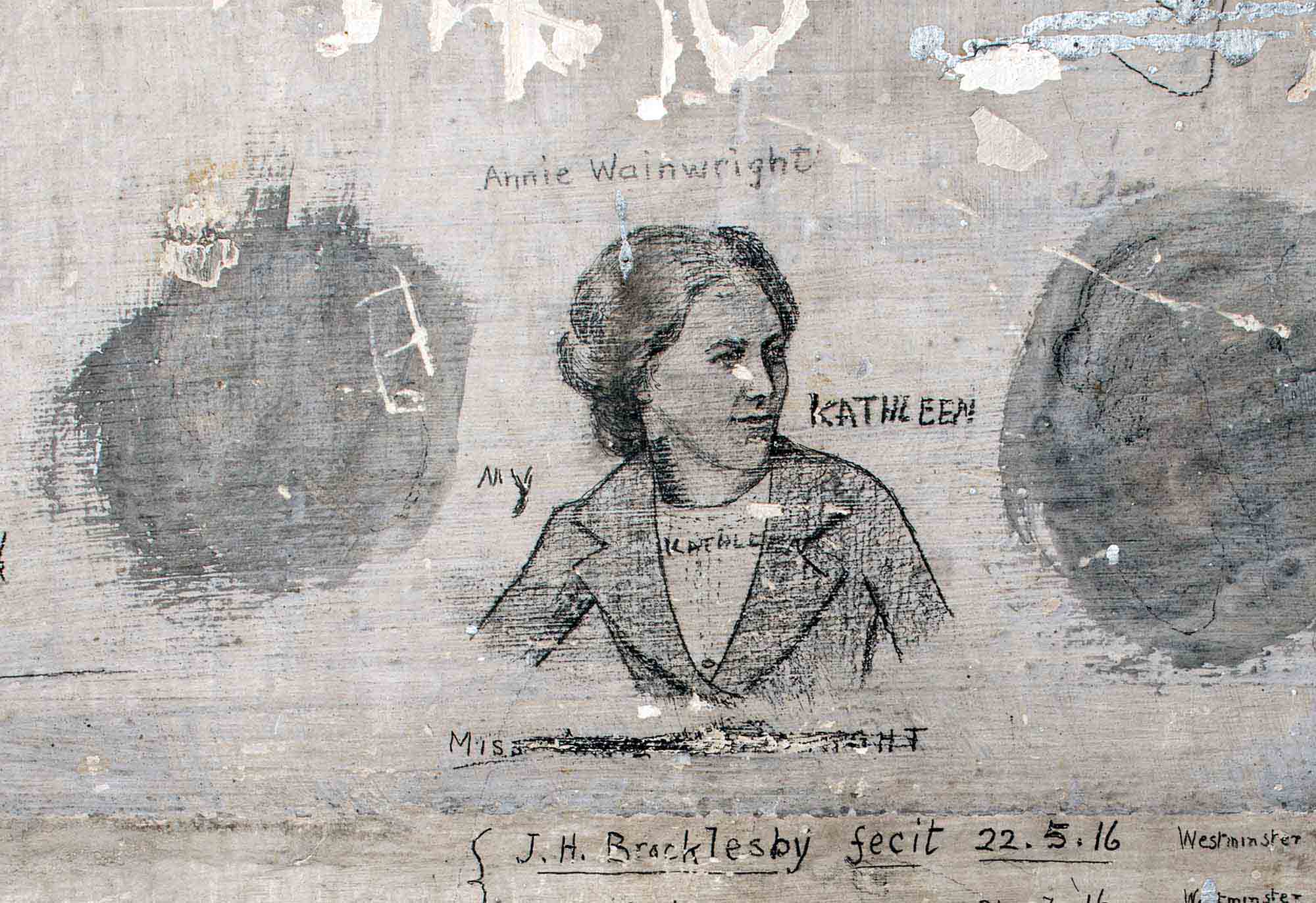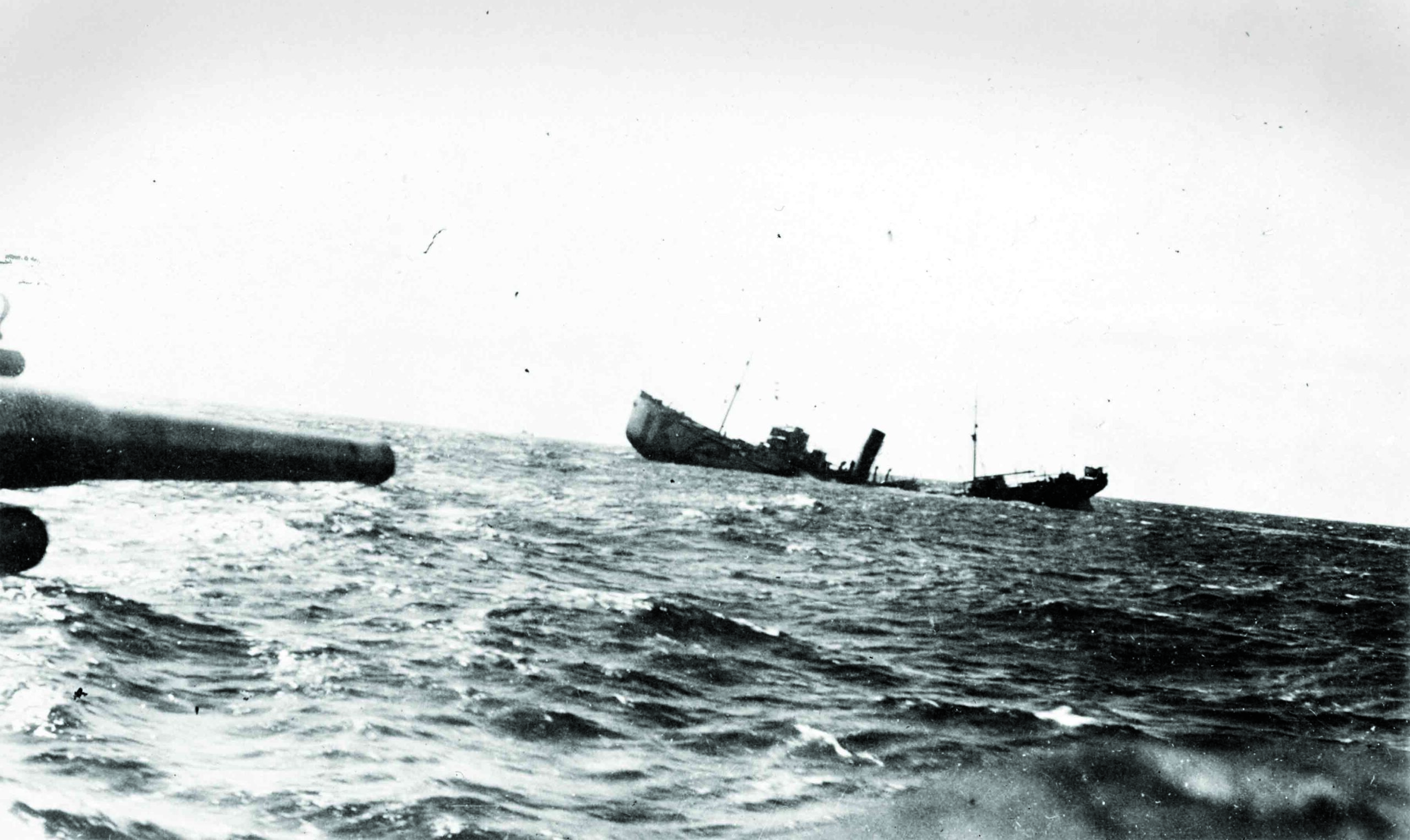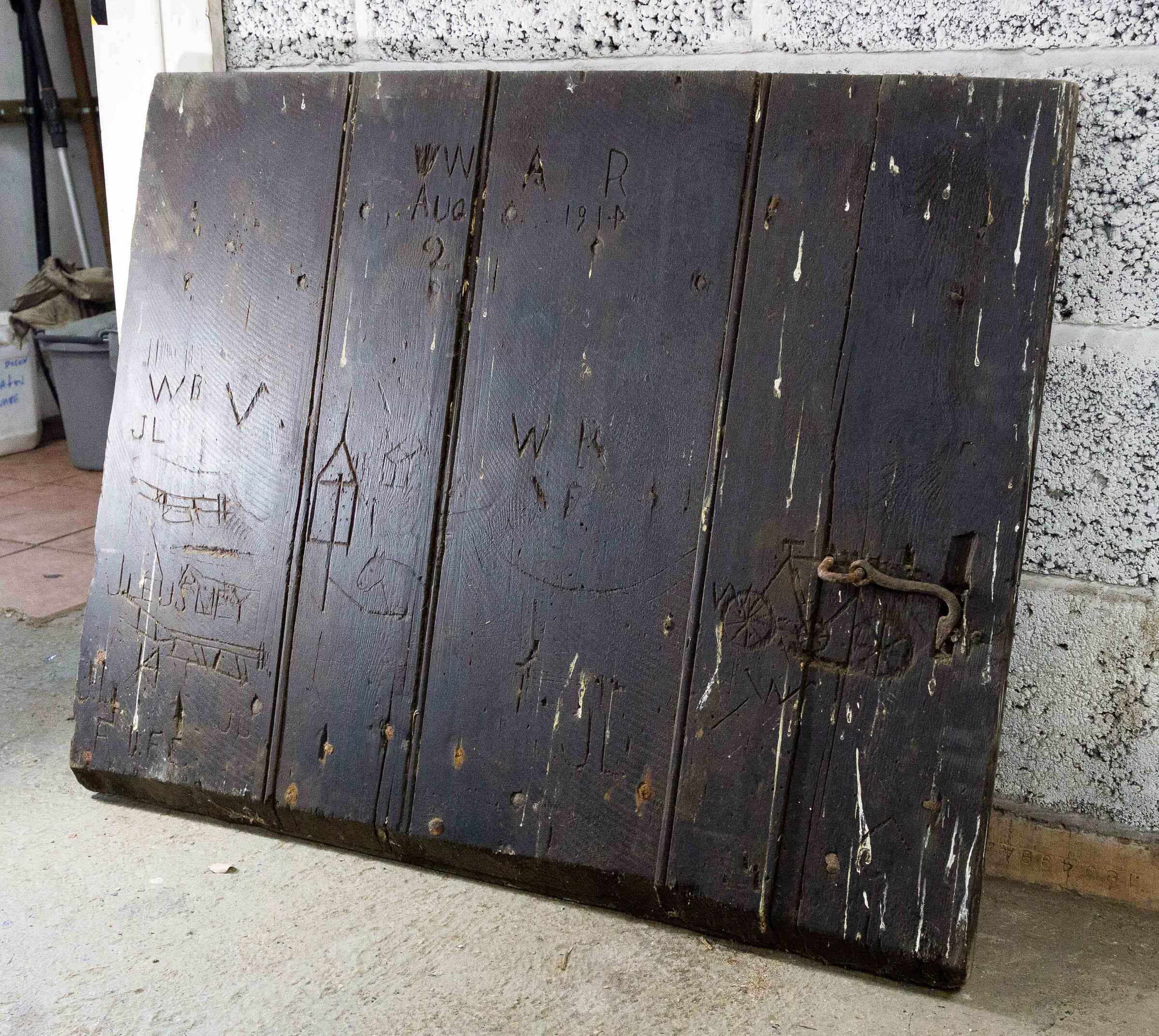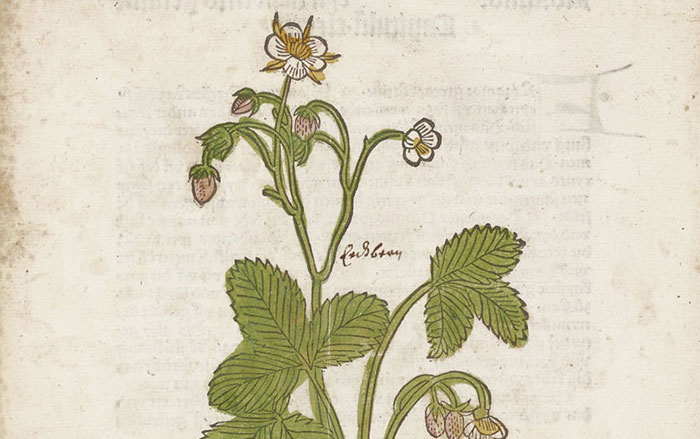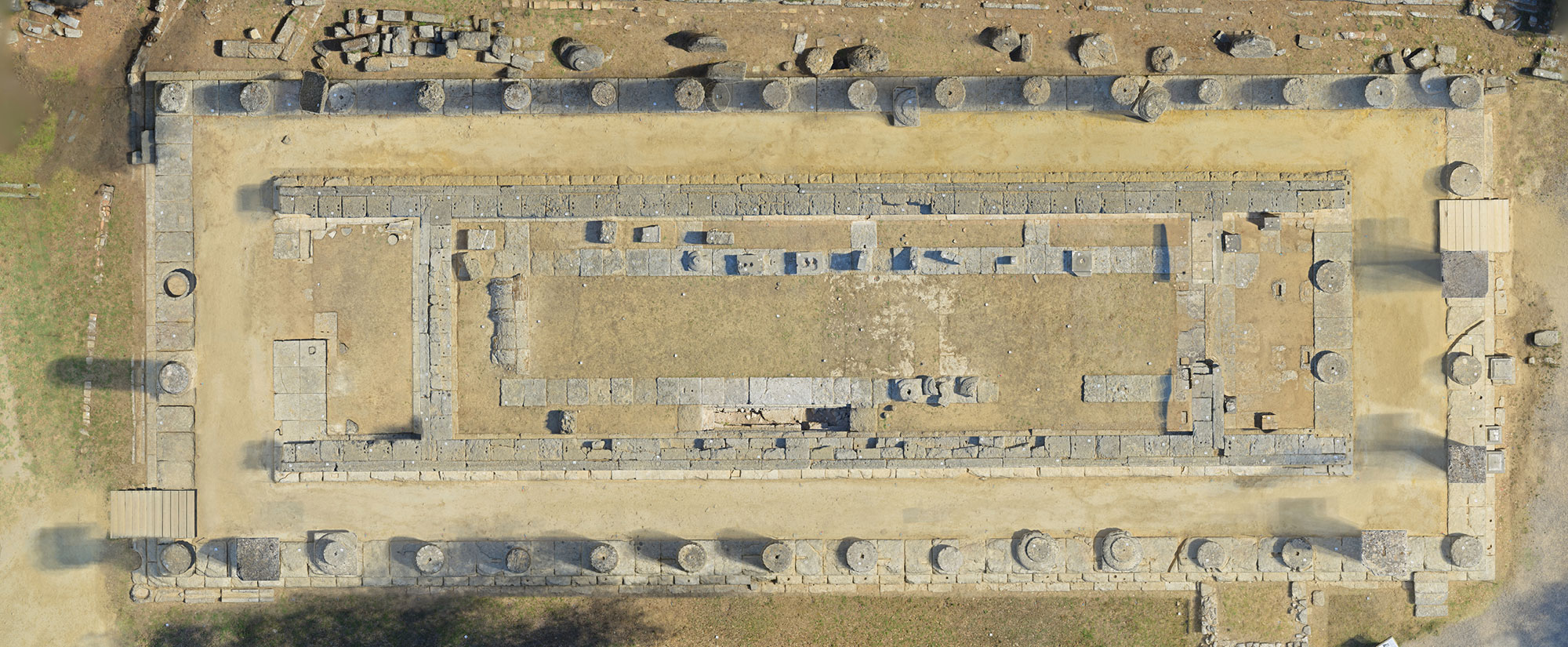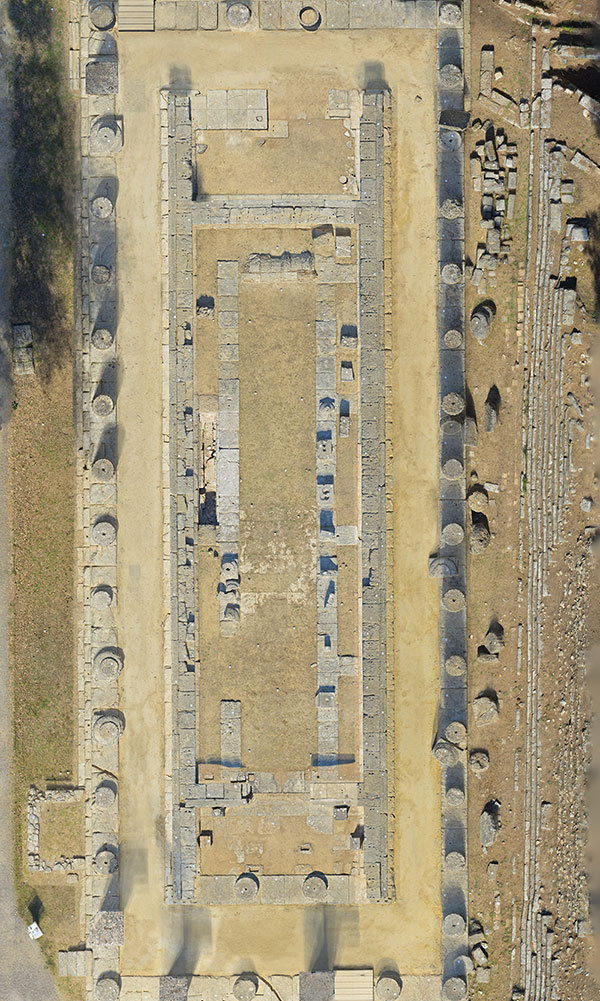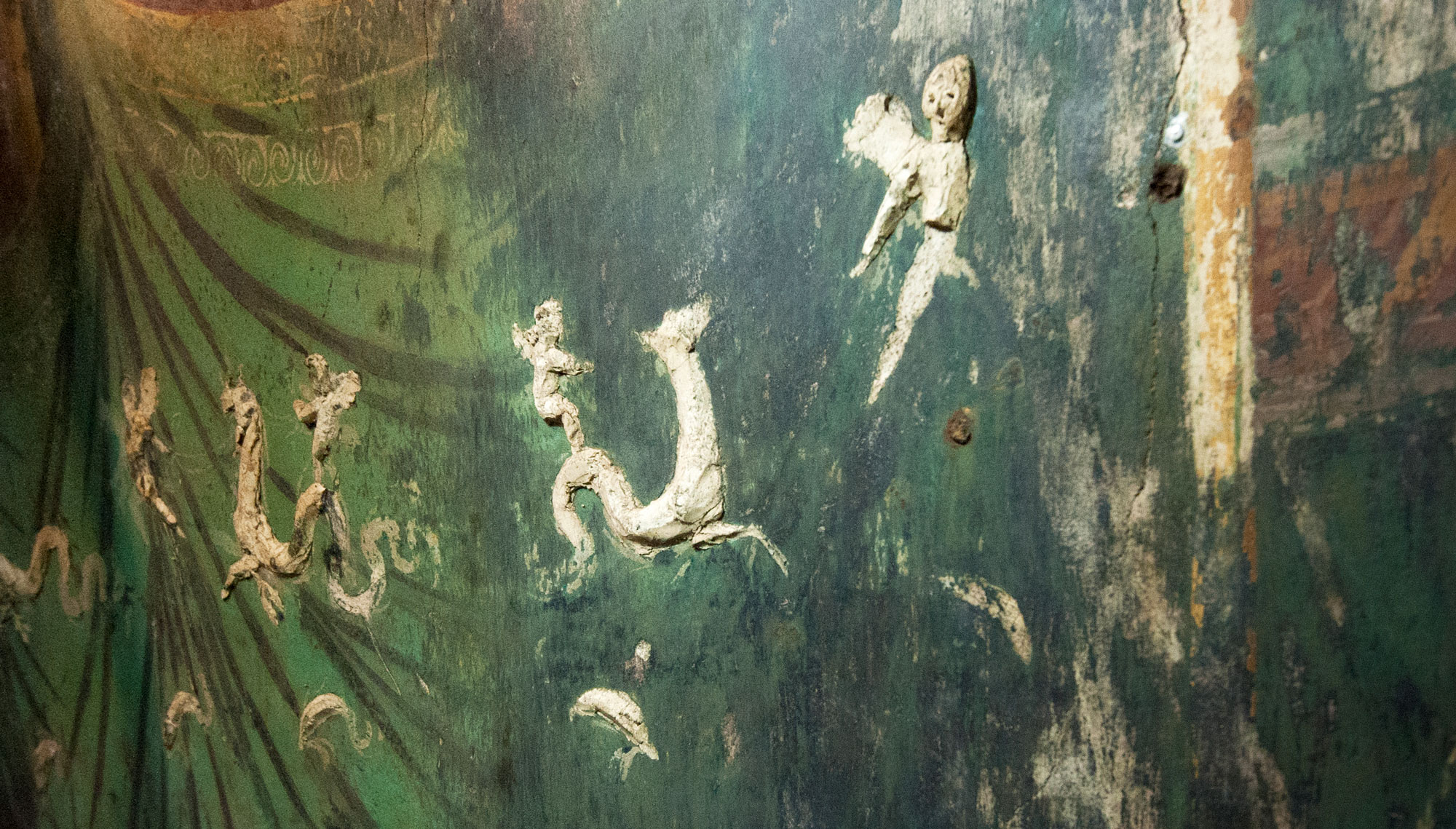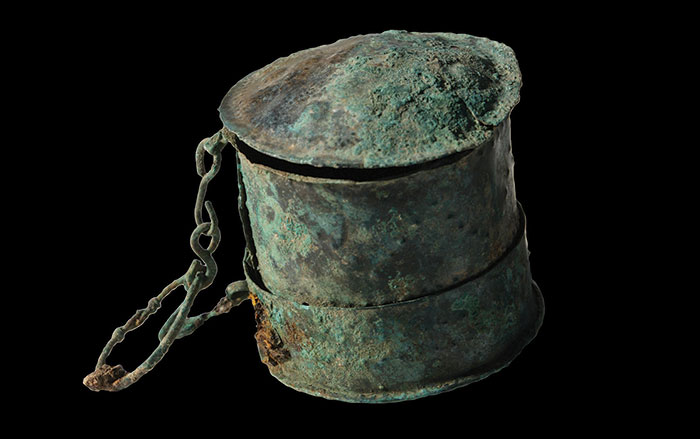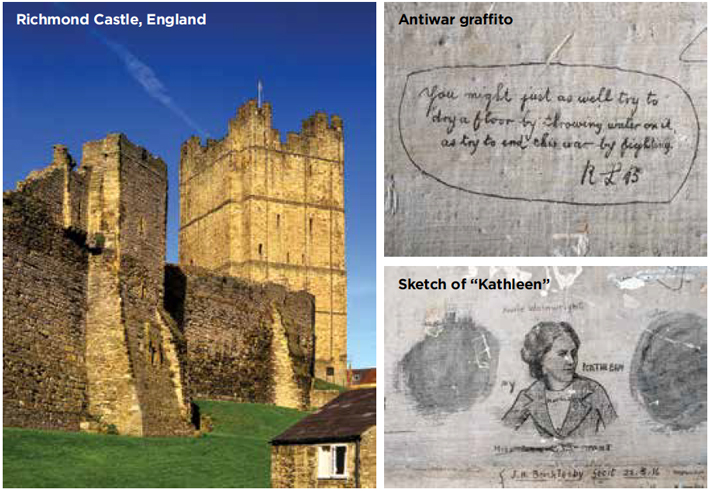
A new grant provided by England’s Heritage Lottery Fund will help preserve and document graffiti drawn by prisoners in North Yorkshire’s Richmond Castle during World War I. The imprisoned men were conscientious objectors who refused to serve in the British Army. In 1916, the British government passed the Military Service Act, which conscripted all unmarried men aged 18 to 41 into military service. The law stipulated that those who refused to enlist due to a conscientious objection could avoid combat, as long as they served within the Non-Combatant Corps. However, a small “absolutist” group of Methodists, Quakers, and socialists refused to participate in the war effort in any capacity, and were subsequently jailed in Richmond Castle. Known as the Richmond 16, these prisoners covered the walls of their cells with thousands of pencil-drawn images, political slogans, biblical quotes, and religious hymns. One statement reads, “You might just as well try to dry a floor by throwing water on it, as try to end this war by fighting.” Another states, “The working class of this country have no quarrel with the working class of Germany or any other country.”
After 100 years, the limewash and plaster walls have been heavily damaged by moisture, threatening the survival of the graffiti. “These graffiti are an important record of the voices of dissent during the First World War,” says Kate Mavor, English Heritage’s chief executive. “Now we can ensure that they survive for the next century and that the stories they tell are not lost.”


